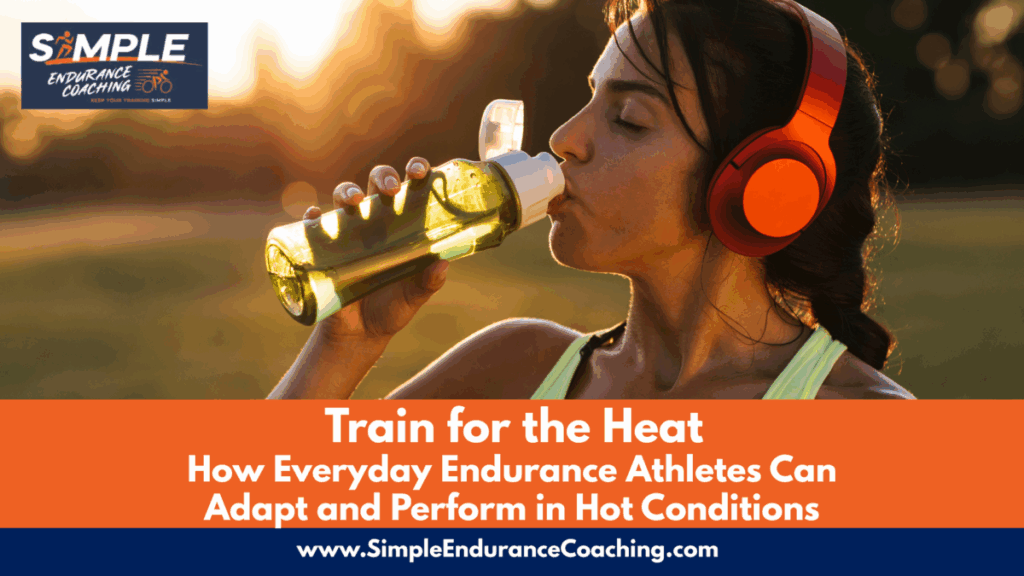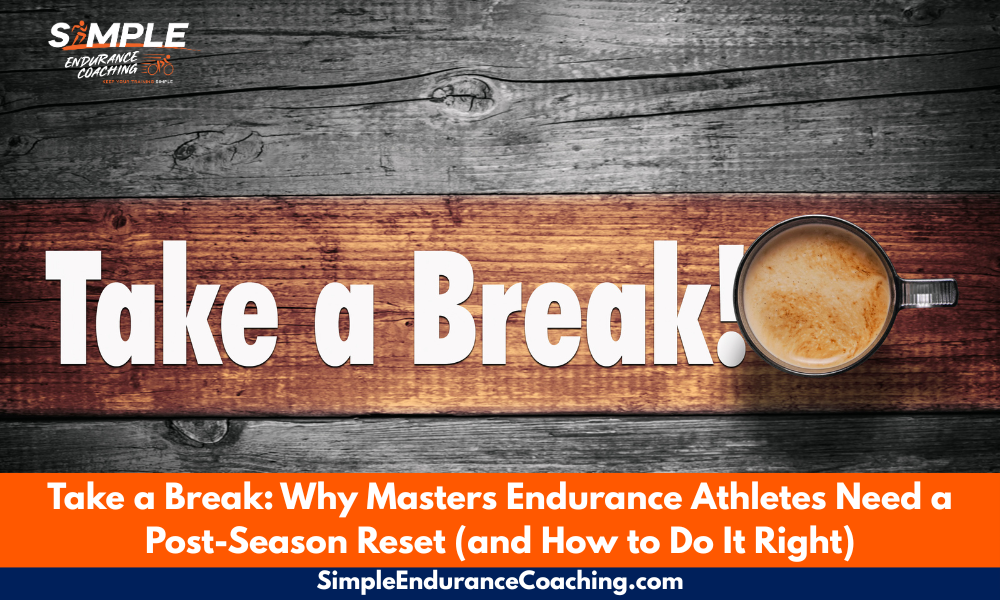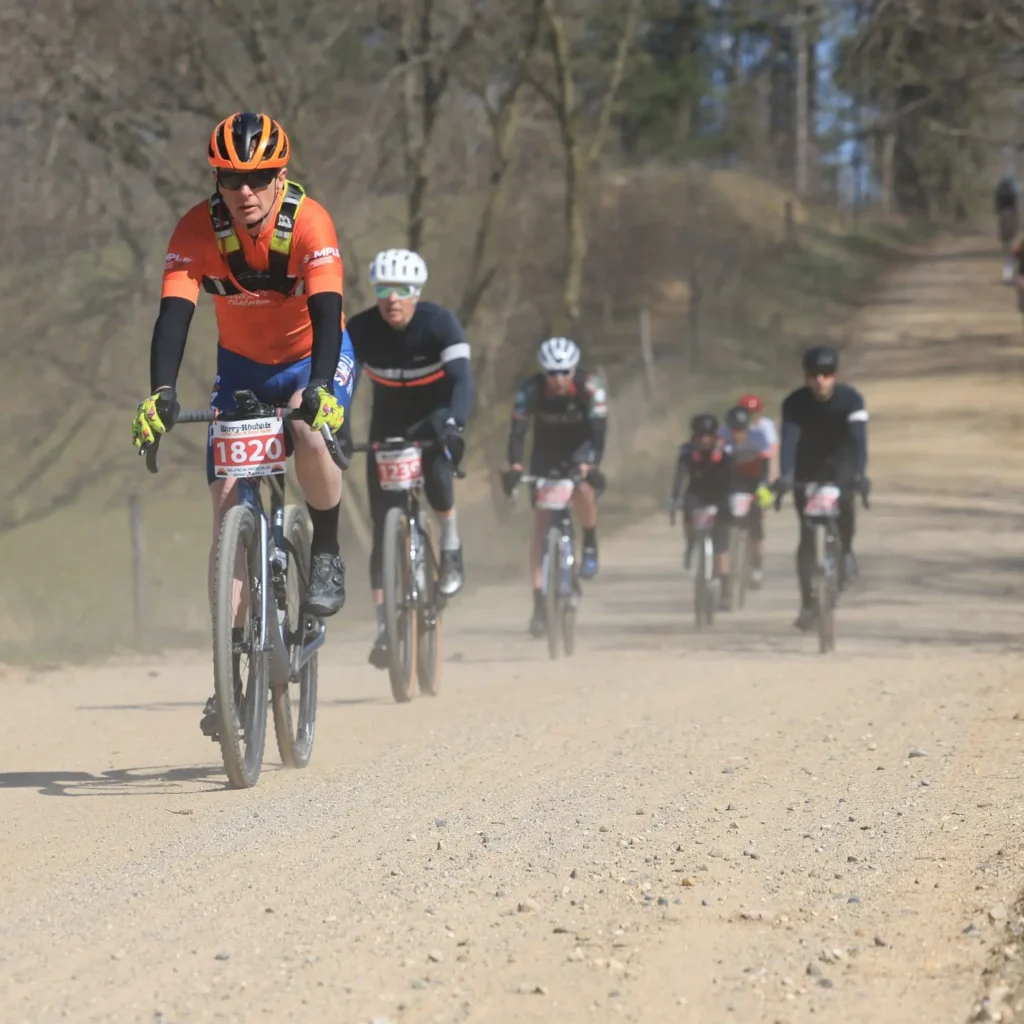
by Coach Paul Warloski
As summer races heat up, so should your training—literally.
Whether you’re a runner grinding out tempo miles or a cyclist pushing through long rides, training in hot conditions can feel like a slog.
But if you’re not adapted to the heat, it’s more than just uncomfortable—it can be dangerous and performance-limiting.
The good news? Your body can adapt.
With the right approach, you can reduce heat stress, delay fatigue, and improve your performance even when the temperatures soar.
And the adaptations that happen in the body are like going to altitude with increased numbers and size of red blood cells and other positive physiological changes.
What Happens in the Body During Heat Adaptation
Training in the heat triggers powerful physiological changes that improve how your body handles stress and conserves resources.
Here’s what happens when you acclimate:
1. Increased Plasma Volume
Your blood volume expands, enhancing your cardiovascular system’s ability to cool you down and deliver oxygen to working muscles.
This begins within a few days and can increase plasma volume by five to 20%.
This allows your heart to pump more blood, increasing the stroke volume, and allowing you to work harder at a lower heart rate.
2. Earlier, More Efficient Sweating
You begin sweating sooner, and your sweat becomes more diluted.
This helps cool your body faster while conserving critical electrolytes like sodium.
3. Lower Core Body Temperature
After acclimating, your body heats up more slowly and stays cooler during workouts, which helps delay fatigue and lowers perceived exertion.
4. Improved Cardiovascular Efficiency
With more blood volume, your heart doesn’t need to work as hard.
You’ll see a lower heart rate at the same intensity and less cardiovascular drift over long workouts.
5. Reduced Skin and Core Temperature
Your skin stays cooler, which reduces thermal strain and helps you feel more comfortable, even in tough conditions.
| Adaptation | Benefit |
| ↑ Plasma Volume | Improves cooling and cardiovascular efficiency |
| ↓ Sweat Sodium Concentration | Conserves electrolytes |
| ↑ Hormonal Regulation (ADH, Aldosterone) | Helps retain fluid and maintain blood pressure |
| ↓ Heart Rate at Submaximal Load | Reduces perceived exertion and improves endurance |
The Cost of Not Adapting: Risks of Racing in the Heat Unprepared
We’ve all felt the heat sap our performance.
I’ve been on rides in the heat where it feels like I’m melting.
1. Increased Risk of Heat Illness
Without adaptation, you’re more likely to suffer from heat exhaustion or heat stroke.
Your core temperature rises faster, and recovery takes longer.
2. Early Onset of Fatigue
Blood is shunted toward the skin to cool you down, reducing delivery to working muscles, resulting in slower pacing and reduced endurance.
3. Higher Perceived Effort
Your RPE (rate of perceived exertion) skyrockets. Paces that feel easy in cool weather can feel grueling in the heat.
4. Electrolyte Depletion
Unacclimated athletes often lose more sodium in sweat, increasing the risk of cramping and hydration-related issues.
Proven Ways to Adapt to Heat: Active and Passive Strategies
Active Heat Exposure (Training in the Heat)
🟡 Train in Hot Conditions (60–90 minutes daily)
Aim for five to 10 days of sustained training in warm weather.
Target sessions where your core temperature reaches 38.5 to 39.5°C (101.3–103.1°F) for 30 to 60 minutes.
This means training in the heat of the afternoon on purpose.
The good news is that heat adaptation does not take long!
🟡 “Heat Block” Protocols
Stack several days of heat exposure (5–7 days) to accelerate adaptation, ideal if you’re preparing for a specific hot-weather event.
🟡 Overdressing for Indoor Sessions
If you’re stuck indoors, wear extra layers while riding or running to simulate heat stress (be cautious and hydrate well).
This winter, I rode on the trainer in the garage without a fan and often with the heater on.
The goal was to build red blood cells and adapt to the summer heat.
I don’t know if the red blood cells increased, but I’m definitely more comfortable in the heat.
Passive Heat Acclimation
🔴 Post-Workout Sauna
Sit in a sauna (180–200°F) for 20–30 minutes after your workout, 5–7 times per week.
This boosts plasma volume and thermotolerance.
I spent more time in the sauna after teaching yoga classes this winter as well.
I’m not a fan of sitting still for that long, but, again, I feel more comfortable in the heat this summer.
✅ Scoon et al. (2007) found sauna use after training improved time to exhaustion in runners by 32%.
🔴 Hot Water Immersion
After a workout, soak in a 104°F (40°C) bath for 30–40 minutes. This method is especially useful for those in cool climates or with limited time outdoors.
✅ Zurawlew et al. (2016, 2019) demonstrated improvements in running performance and thermoregulation using this strategy.
Additional Tips for Heat Adaptation
- Hydrate Smart: Avoid both dehydration and overhydration. Use thirst and urine color as guides. Drink when you’re thirsty.
- Mind Your Electrolytes: Especially sodium—consider adding a pinch of salt or electrolyte tabs to your hydration plan.
- Monitor Your Heart Rate: Use RPE (Rate of Perceived Exertion) and heart rate to guide pacing, especially during early adaptation days. Your heart rate may increase with the additional stress of heat adaptation so be aware of changes.
- Cool Down Strategically: Use ice packs, cold towels, or cooling vests post-workout to recover faster. Cold showers work as well.
Heat Adaptation Improves Performance
You don’t have to suffer every summer workout.
With seven to 14 days of active or passive heat exposure, you can build your body’s ability to handle the heat, maintain pace, and perform at your best.
Whether it’s a big goal race, your regular long run, or a hard ride, preparing for the heat can be the difference between surviving and thriving.
Three Things to Know About Heat Acclimation
1. Heat Acclimation Improves Performance in Hot Conditions
By increasing plasma volume, improving sweat response, and reducing cardiovascular strain, heat acclimation helps you maintain a lower core temperature, a steadier heart rate, and better endurance—even when racing or training in the heat.
2. You Can Adapt in as Little as Seven to 10 Days
You don’t need months to acclimate. Most physiological changes begin within three to five days and peak around 10 to 14 days of regular exposure (either by training in the heat or using saunas/hot baths after workouts).
3. Passive Methods Work Too
If you can’t train in the heat, strategies like post-workout sauna use or hot water immersion can trigger similar adaptations. These are great options for athletes in cooler climates or with limited outdoor training time.
Need more?
Unlock the secrets to mastering gravel racing with our FREE Guide to Gravel Racing! Get yours here.
SIGN UP FOR A FREE Virtual Coffee so we can discuss your goals, ask questions, and talk about making your endurance training more effective, fun, and Simple.
Paul Warloski is a:
- USA Cycling Level 1 Advanced Certified Coach
- RRCA Running Coach
- Training Peaks Level 2 Coach
- RYT-200 Yoga Instructor
- Certified Personal Trainer
- Certified Nutrition Advisor




